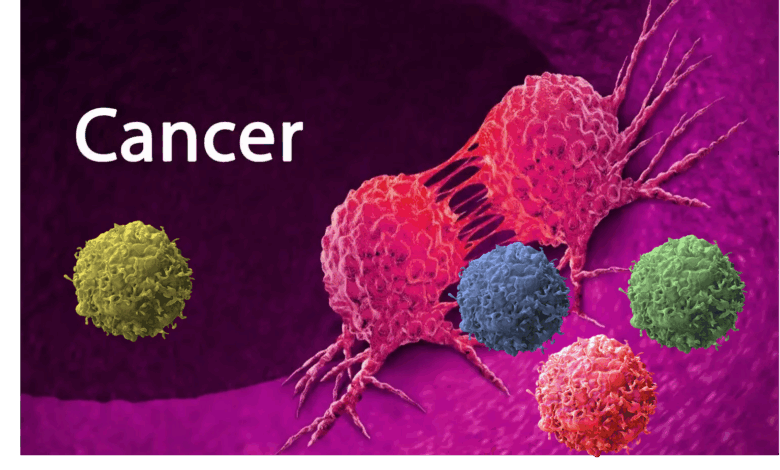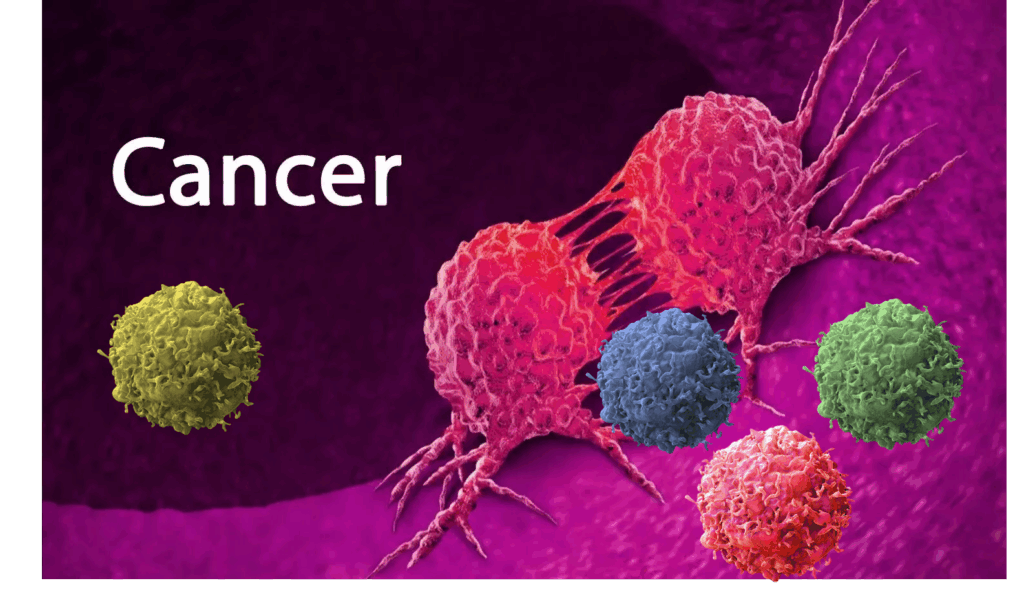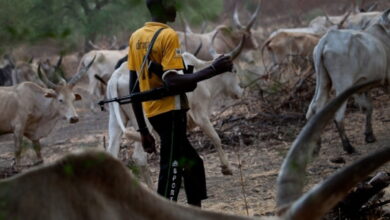Cancers in Ghana: Did you know that nearly 7 in 10 patients die annually?


In Ghana, cancer has become one of the leading causes of death and disability, placing an increasing strain on the country’s health system.
According to data from the Global Cancer Observatory 2022, Ghana recorded 27,123 new cancer cases from over 32 different types of cancers, out of which 17,654, representing 65% died. The most common cancers in the country include breast (18.4%), liver (14%), cervical (11%), prostate (9.2%), and non-Hodgkin lymphoma (5%). Together, these five account for more than half of all cancer diagnoses nationwide.
Among Ghanaian women, breast cancer remains the leading cause of both incidence and mortality, with over 5,000 new cases and approximately 2,400 deaths annually. Among men, liver and prostate cancers dominate the burden.
The five-year prevalence of cancer in Ghana stands at about 63,450 cases, indicating the number of individuals currently living with or recovering from the disease. Yet, the country’s health infrastructure is heavily constrained. There are only six functional cancer treatment centres, three public and three private, serving a population of over 30 million people.
Read also: Weak health systems, late diagnosis kill half of breast cancer patients in Ghana annually – WHO data
Most of these facilities are located in urban centres such as Accra, Kumasi, and Tamale, making access difficult for those in rural communities. The high cost of care, coupled with the limited coverage of cancer treatment under the National Health Insurance Scheme (NHIS), forces many families to either delay treatment or abandon it altogether.
Global overview: The World’s expanding Cancer burden
Cancer continues to rank among the world’s most pressing public health challenges, claiming millions of lives each year and straining health systems across every continent. According to the Global Cancer Observatory (GLOBOCAN) 2022, an estimated 20 million new cancer cases and 9.7 million deaths were recorded worldwide in that year alone.
Today, one in five people is expected to develop cancer during their lifetime, and one in nine men and one in twelve women will die from it. The most frequently diagnosed cancers globally are lung (12.4%), breast (12.3%), colorectal (9.6%), prostate (7.3%), and stomach (4.9%), which together account for almost half of all new cancer cases.
Despite major advances in prevention, diagnosis, and treatment, the global cancer burden continues to rise, particularly in low- and middle-income countries (LMICs). While high-income nations record higher incidence rates due to ageing populations and improved detection, LMICs experience higher mortality rates, reflecting disparities in early diagnosis, access to care, and the affordability of treatment.
The World Health Organisation (WHO) projects that by 2040, annual global cancer cases could rise by 60 per cent, reaching over 30 million new cases per year, with developing regions facing the steepest increase.
Africa: Rising cases, unequal access
Across the African continent, cancer has become an emerging epidemic. In 2022, Africa recorded approximately 1.2 million new cases and 763,843 deaths (64%), accounting for around 7% of global cancer cases but over 9% of global cancer deaths.
The age-standardised incidence rate (ASR) for Africa was 132 cases per 100,000, while the mortality rate reached 87 per 100,000, far higher than the global average. This reflects the continent’s limited screening systems, delayed diagnosis, and inadequate treatment infrastructure.
Among African men, prostate, liver, and colorectal cancers are the most prevalent. Among women, breast, cervical, and ovarian cancers dominate. Collectively, breast and cervical cancers account for nearly half of all female cancer deaths across the continent.
The WHO attributes Africa’s high cancer mortality to late-stage diagnosis, weak health systems, and limited public awareness. Many patients seek medical help only when the disease has progressed beyond curative stages. Compounding this is the concentration of cancer treatment centres in major cities, leaving rural populations underserved and forcing patients to travel long distances for care.
If current trends persist, Africa could face 1.9 million new cases and 1.3 million deaths annually by 2040, nearly doubling the present burden.
Bridging the divide: From Global to local action
The contrast between high- and low-income regions underscores a stark truth: cancer outcomes are largely determined by where a person lives. In wealthier nations, early detection and advanced therapies have turned many cancers into manageable conditions. In much of Africa, including Ghana, cancers are often detected too late for successful treatment, and survival depends heavily on financial means.
Experts stress that reversing this trend requires comprehensive national strategies built around prevention, early diagnosis, and equitable access to care.
Public education campaigns, nationwide screening programs, and improved cancer registries are essential first steps. Equally crucial is the expansion of diagnostic facilities and oncology units and the training of specialised health professionals.
Financial protection also remains critical. Expanding NHIS coverage to include full or partial cancer treatment can significantly reduce the number of patients who default on care due to cost.
DISCLAIMER: The Views, Comments, Opinions, Contributions and Statements made by Readers and Contributors on this platform do not necessarily represent the views or policy of Multimedia Group Limited.
Tags:
DISCLAIMER: The Views, Comments, Opinions, Contributions and Statements made by Readers and Contributors on this platform do not necessarily represent the views or policy of Multimedia Group Limited.
Source link





